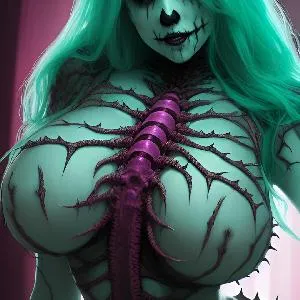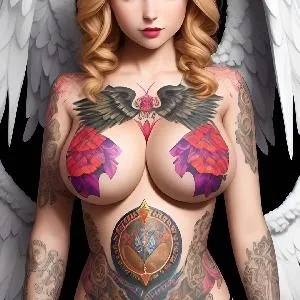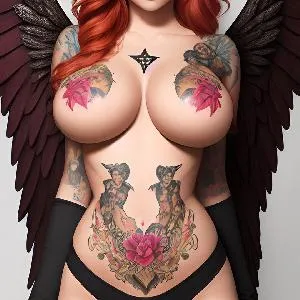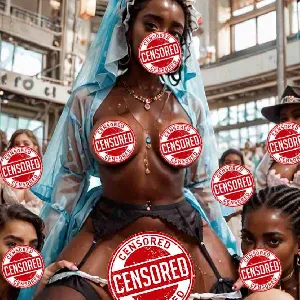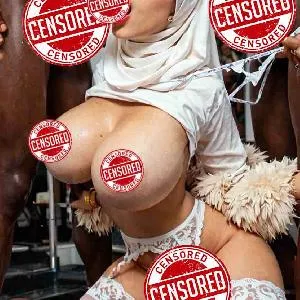The Art of Nudity: A Historical Context
Published: 2024-11-27

The depiction of nudity in art has been a subject of fascination and controversy for centuries. From ancient civilizations to modern times, artists have used the human form to convey emotions, tell stories, and explore the human condition. In this article, we'll delve into the historical context of nudity in art, examining its evolution and significance in various cultures and time periods.
Ancient Civilizations (3000 BCE - 500 CE)
In ancient cultures, nudity was often associated with spirituality, fertility, and power. The earliest known examples of nude art can be found in ancient Mesopotamia, Egypt, and Greece. These civilizations revered the human body as a symbol of life, fertility, and the divine.
- Mesopotamia:The ancient Sumerians, Babylonians, and Assyrians depicted nude figures in their art, often in relation to fertility and agricultural rituals. The famous "Weld-Blundell Prism" (circa 2100 BCE) features a nude goddess, Ishtar, surrounded by symbols of fertility and abundance.
- Egypt:In ancient Egypt, nudity was associated with royalty and power. Pharaohs and goddesses were often depicted nude or semi-nude in art, emphasizing their divine status. The famous "Nude Figure" from the tomb of Horemkenesi (circa 1292 BCE) showcases the idealized form of an Egyptian male.
- Greece:Greek art is renowned for its depiction of the human form, with an emphasis on proportion, balance, and beauty. The famous "Venus de Milo" (circa 130-100 BCE) is a prime example of Greek art's focus on the female form. Greek artists often used nudity to convey emotions, such as the "Discobolus" (circa 450 BCE), which captures the moment of release and tension.
Renaissance and Baroque (1400 - 1750 CE)
During the Renaissance and Baroque periods, nudity continued to be a subject of interest in art. Artists began to explore the human form in greater detail, often using it to convey emotions and tell stories.
- Renaissance:Artists like Michelangelo and Raphael used nudity to depict the human form in its idealized state. Michelangelo's "David" (circa 1501-1504) is a masterpiece of Renaissance art, showcasing the perfect proportions and beauty of the human form.
- Baroque:The Baroque period saw a rise in dramatic and emotive art, often featuring nudity. Caravaggio's "David with the Head of Goliath" (circa 1610) is a prime example of Baroque art's focus on tension and drama.
Modern and Contemporary Art (1800 - present)
In modern and contemporary art, nudity has continued to be a subject of exploration and controversy. Artists have used the human form to challenge societal norms, explore identity, and push the boundaries of what is considered acceptable.
- Impressionism:Impressionist artists like Edgar Degas and Pierre-Auguste Renoir used nudity to capture the beauty and fragility of the human form. Degas's "The Dance Class" (circa 1874) is a prime example of Impressionist art's focus on movement and energy.
- Surrealism:Surrealist artists like Salvador Dalí and René Magritte used nudity to explore the subconscious and challenge societal norms. Dalí's "The Elephants" (circa 1948) features a group of elephants with elongated legs, blurring the line between reality and fantasy.
- Contemporary Art:Contemporary artists continue to push the boundaries of nudity in art, often using it to explore identity, politics, and social justice. Artists like Cindy Sherman and Marina Abramović use their bodies as a medium to challenge societal norms and explore the human condition.
Conclusion
The depiction of nudity in art has been a subject of fascination and controversy for centuries. From ancient civilizations to modern times, artists have used the human form to convey emotions, tell stories, and explore the human condition. As we continue to evolve and push the boundaries of what is considered acceptable, it's essential to understand the historical context of nudity in art and its significance in various cultures and time periods.

